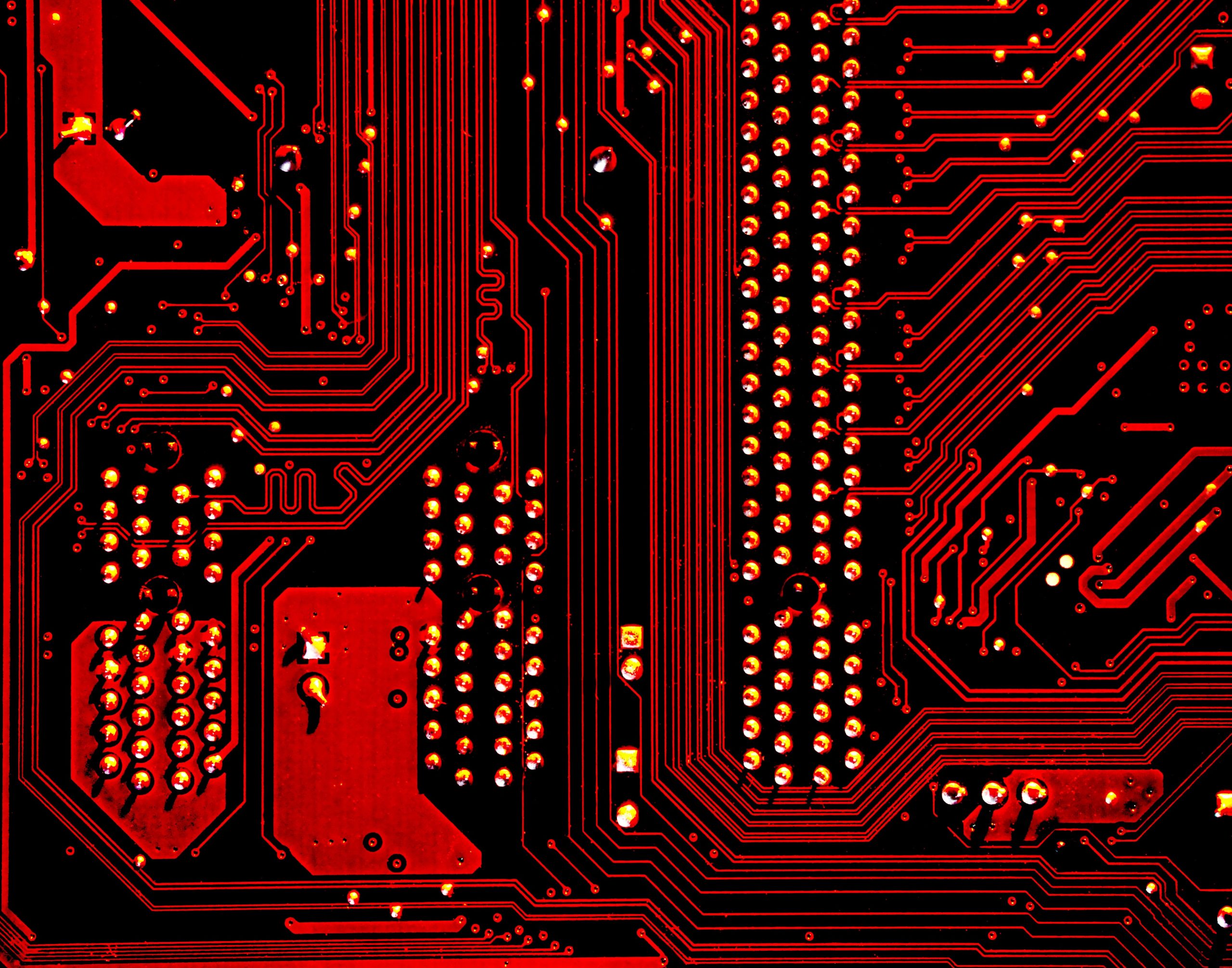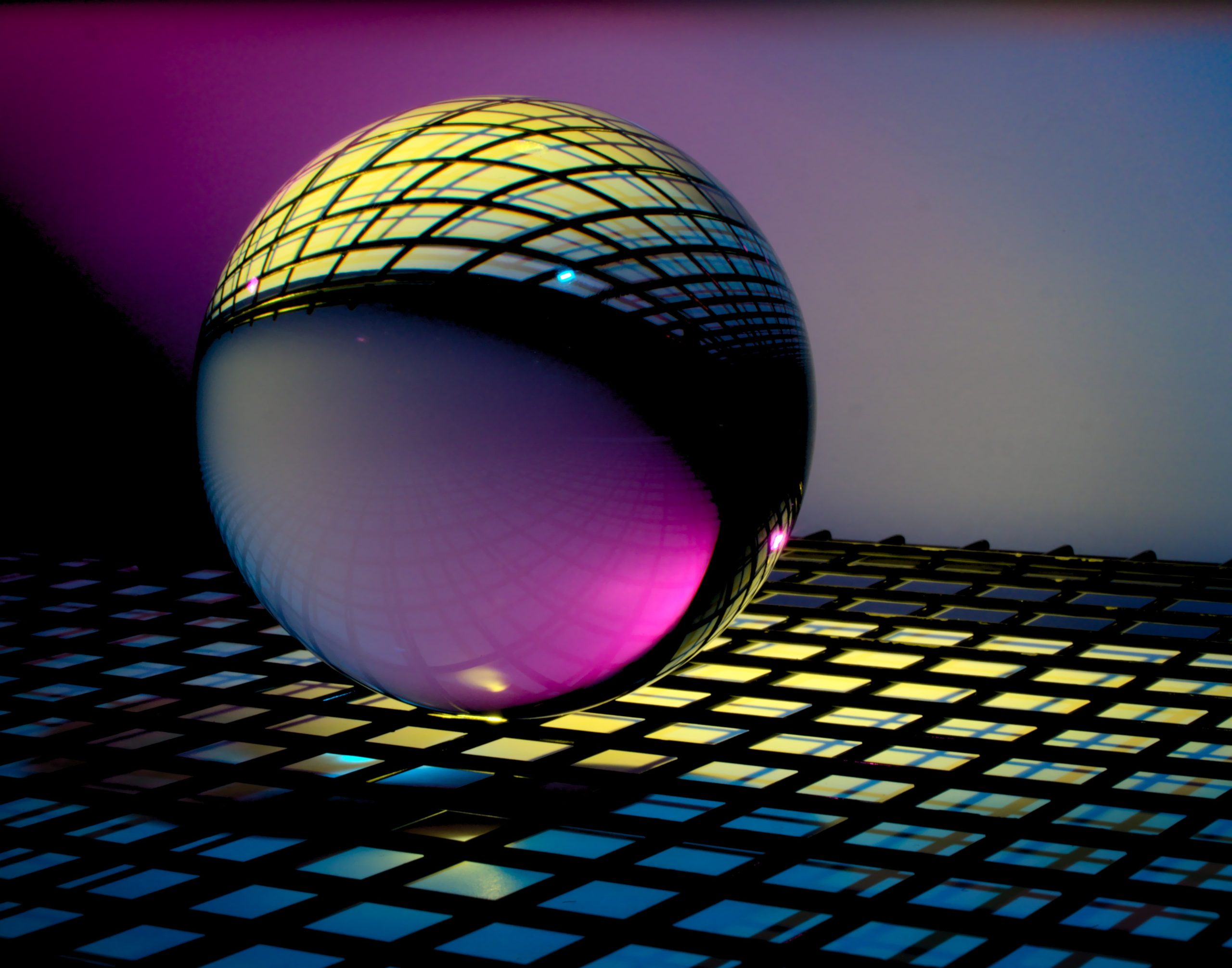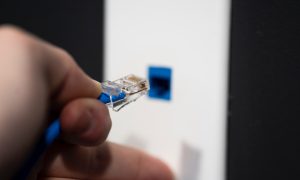Are you tired of spending countless hours brainstorming and designing logos for your business? Well, imagine a world where artificial intelligence can take over this tedious task for you. That’s right, there may be an AI out there that is capable of creating stunning logos in no time. In this article, we will explore the fascinating world of AI-generated logos and discover if these digital minds truly have the creative prowess to rival human designers.
The rise of AI in design industry
Artificial Intelligence (AI) has moved beyond its initial applications in industries such as healthcare and finance and is now making waves in the creative realm, particularly in the design industry. Gone are the days when logo design was solely the domain of human creativity and skill; AI-powered design tools are now capable of generating logos with minimal human intervention. These tools leverage machine learning algorithms to analyze an extensive database of existing logos, enabling them to understand design principles, trends, and aesthetics. With each iteration, these AI systems continue learning and evolving their capabilities.
One of the key advantages of using AI in logo design is speed. The traditional logo creation process can be time-consuming—requiring multiple iterations between designers and clients before settling on a final version. In contrast, using AI enables designers to generate numerous logo options within minutes. Furthermore, these AI-powered systems eliminate the need for graphic design expertise or experience on behalf of users by automating various aspects like typography suggestions or color palettes. This democratization allows startups and small businesses without access to professional designers to create visually appealing logos effortlessly.
However, some argue that relying solely on AI for logo creation could lead to a decline in unique designs as patterns emerge from repeated iterations. While it’s true that there is some risk of homogeneity due to an over-reliance on existing designs contained within an algorithm’s training dataset, human designers still play a vital role in providing guidance and injecting originality into the final product.

What is logo design?
Logo design is the art and science of creating a visual representation that encapsulates a brand’s identity. It goes beyond drawing an aesthetically pleasing image; logo design involves strategic thinking, research, and understanding the target audience. A good logo should be simple, memorable, versatile, and timeless. It should communicate the essence of a brand in an instant, evoking emotions and sparking recognition.
One important aspect of logo design is its ability to tell a story. Effective logos have the power to convey the mission, values, or unique selling points of a business through clever use of symbols or typography. For example, the hidden arrow in FedEx’s logo represents forward movement and reliability—a visual cue that resonates subconsciously with viewers.
While there are countless online tools that claim to create logos using AI algorithms, there is more to effective logo design than just putting together shapes and colors algorithmically. It requires human creativity and expertise to understand branding concepts and translate them into visually compelling designs. Designers carefully consider color psychology, composition principles, typography styles, and cultural sensitivities when crafting a logo that resonates with both the client’s objectives and target market. Thus far, AI may assist in generating initial concepts or provide inspiration but cannot replace human intuition in producing meaningful logos that forge powerful connections between brands and their customers.
Advancements in AI technology
Advancements in AI technology have been revolutionizing various industries, and the world of design is no exception. Earlier, designing a logo required the expertise of skilled designers who would spend hours brainstorming concepts and refining their ideas. However, with the emergence of AI-powered logo generators, creating a professional logo has become more accessible than ever before.
These AI tools use machine learning algorithms to analyze thousands of existing logos and identify common design patterns. By leveraging this vast dataset, they can generate unique logos tailored to a brand’s specifications and aesthetic preferences. The ability to create high-quality logos quickly and efficiently has made these AI-powered platforms popular among startups, small businesses, and even large corporations looking for cost-effective branding solutions.
AI technology has not only simplified the logo creation process but also democratized access to quality design services. With traditional methods, companies often had to invest significant resources into hiring expensive graphic designers or outsourcing their branding needs. Now, even individuals or small businesses with limited budgets can easily create professional-looking logos with just a few clicks using intuitive AI-powered interfaces.
Moreover, these tools offer a level of versatility that was previously unimaginable in the realm of logo design. Users can experiment with various fonts, colors, symbols, and layouts without having any specialized knowledge or skills in graphic design. This creative freedom allows users to explore different possibilities until they find a logo that perfectly represents their brand identity.

Can AI create a unique logo?
The rise of artificial intelligence (AI) has certainly sparked a discussion on whether it can create a unique logo. While AI has shown incredible potential in tasks such as image recognition and language translation, designing a logo requires creativity and an understanding of branding that may be difficult for AI to replicate. A logo needs to reflect the personality and values of a company, capturing its essence in a visually appealing way.
While AI algorithms can analyze existing logos and generate new designs based on established patterns, there is a risk that the resulting logos lack originality. Aspects such as color choice, shapes, and typography play a crucial role in creating a distinctive logo that resonates with audiences. These decisions often require human intuition and insight into current design trends. However, some argue that as AI continues to evolve, it will eventually possess the capability to understand aesthetics at a deeper level and create truly unique logos.
In some cases, designers have used AI tools as an inspiration or starting point for their creative process. By feeding existing logos into an algorithm or using machine learning techniques to generate alternate versions, designers can explore possibilities they might not have considered otherwise. This collaboration between humans and machines creates opportunities for innovation while still maintaining the human touch necessary for truly memorable logo design experiences.
Pros and cons of using AI for logo design
One of the biggest advantages of using AI for logo design is its ability to generate a large number of options in a short amount of time. This can be particularly useful for businesses or individuals looking for quick inspiration or those who have limited resources to hire a professional designer. The AI algorithms can analyze thousands of existing logos, identify patterns and trends, and then create unique designs based on this information. This speed and efficiency saves time and allows users to explore different possibilities without much effort.
However, relying solely on AI for logo design comes with some drawbacks as well. While an AI-generated logo may look visually appealing, it might lack the human touch and emotional connection that a professionally designed logo often brings. An AI algorithm cannot understand the brand values, target audience, or desired message behind the logo; it merely follows mathematical models based on patterns it has learned from existing designs. Additionally, there is a risk that multiple businesses could end up with similar-looking logos if they are all using the same AI program, jeopardizing their uniqueness and ability to stand out in their markets.
In conclusion, while using AI for logo design can offer convenience and cost-effectiveness, business owners should carefully consider whether it aligns with their specific branding needs. A balance between human creativity and machine efficiency may be necessary to achieve an optimal result. Working collaboratively with an experienced designer who can guide the process while utilizing technology as a tool could yield more personalized and successful logos that truly represent the essence of a brand.

Case studies of successful AI-generated logos
Case studies of successful AI-generated logos are a testament to the power and potential of artificial intelligence in the world of design. One notable example is the logo created by AI for the popular food delivery service, Uber Eats. Using deep learning algorithms, the AI analyzed thousands of existing food-related logos and identified patterns and elements that resonated with consumers. The result was a clean and modern logo that effectively captures the essence of fast food delivery.
Another compelling case study is the logo designed by an AI for OpenAI, an artificial intelligence research laboratory. The AI synthesized various aspects of OpenAI’s vision and values to create a logo that represents innovation, collaboration, and limitless possibilities. Through this process, it demonstrated its ability to understand abstract concepts and translate them into visually appealing designs.
These case studies not only highlight the proficiency of AI in creating logos but also underline its potential as a valuable tool for designers. With access to vast amounts of data and advanced machine learning algorithms, AI can analyze trends, understand consumer preferences, and generate innovative designs that resonate with target audiences – all at an incredible speed. As technology continues to evolve, we can expect even more remarkable achievements from AI in logo design and other creative fields.
Conclusion: The future of AI in logo design
In conclusion, the future of AI in logo design is undoubtedly promising. With advancements in machine learning and deep learning algorithms, AI-powered tools are becoming increasingly sophisticated in generating visually appealing and unique logos. Companies like Tailor Brands and Logojoy are already using AI to create professional-looking logos for businesses at an affordable price.
However, while AI has the potential to revolutionize logo design by automating the process and reducing costs, it cannot completely replace human creativity and intuition. Designing a successful logo goes beyond just aesthetics – it requires understanding a brand’s identity, target audience, and message. Human designers have the ability to think critically and bring a level of depth and intentionality that current AI technology lacks.
Therefore, rather than fearing the rise of AI in logo design, designers should embrace it as a powerful tool that can enhance their creative process. By leveraging AI capabilities to generate initial concepts or exploring innovative design possibilities, designers can save time and focus on refining their ideas. The future lies not in competition between human designers and AI but in collaboration – harnessing the strengths of both entities to create truly exceptional logos that capture the essence of a brand in ever more imaginative ways.













